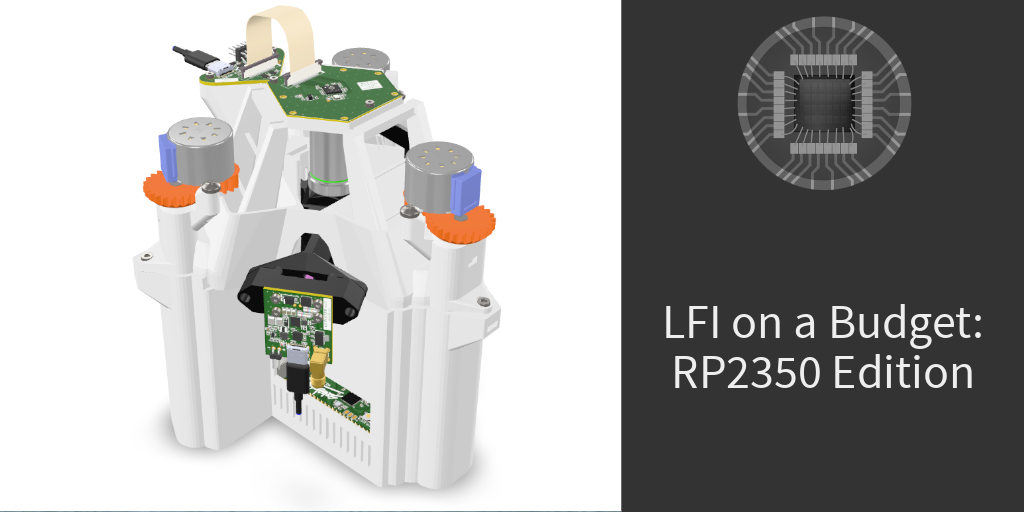Mastering the Kalman Filter: A Comprehensive Tutorial

This tutorial provides a thorough guide to the Kalman filter, a powerful tool for estimating and predicting system states. Starting with basic univariate filters, it progressively covers multivariate filters, non-linear filters, and practical implementation aspects like sensor fusion and outlier handling. The tutorial features numerous numerical examples and illustrations, along with Python and MATLAB code. Even without a strong math background, you can learn to design, simulate, and evaluate Kalman filter performance.
Read more












